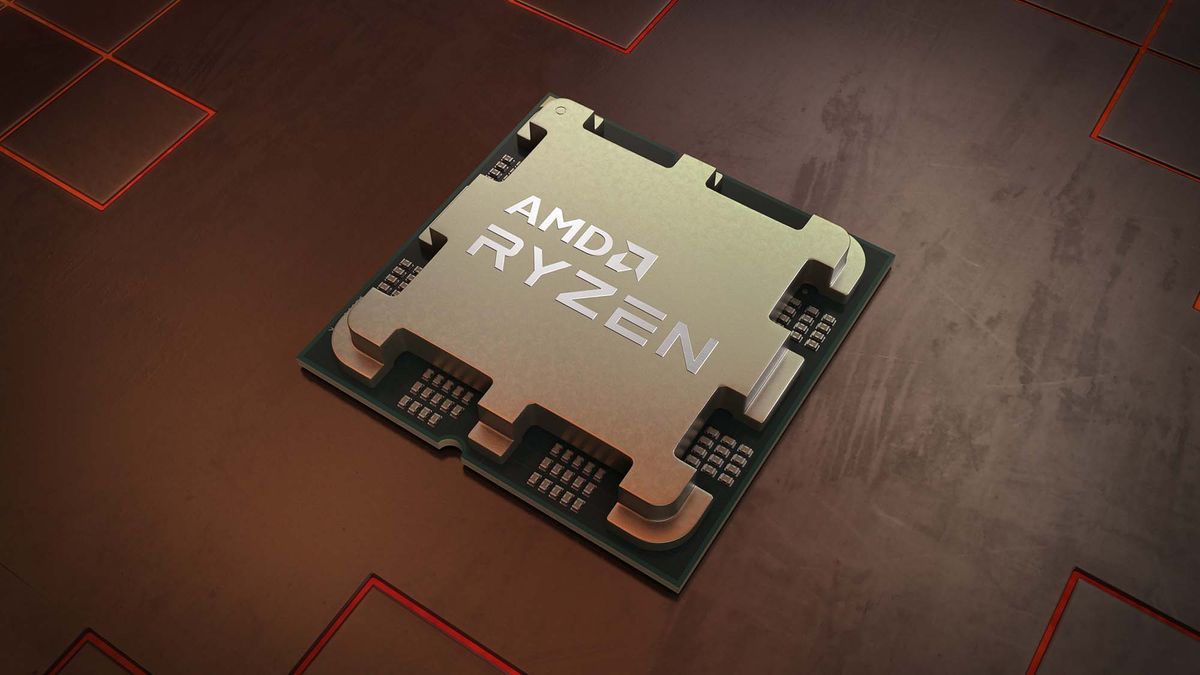Walmart VP confirms retailer is building on GPT-4, says generative AI is ‘as big a shift as mobile’
Join top executives in San Francisco on July 11-12, to hear how leaders are integrating and optimizing AI investments for success. Learn More
Walmart, the world’s largest retailer, is advancing its conversational AI capabilities using OpenAI’s GPT-4, according to Desirée Gosby, vice president of emerging technology at Walmart Global Tech.
In an interview with VentureBeat, Gosby said generative AI like GPT-4 will “be as big a shift as mobile, in terms of how our customers are going to expect to interact with us.”
Given Walmart’s dominance, it’s no surprise that the retailer would build upon the world’s most-discussed large language model. VentureBeat reported last year that AI is embedded everywhere at the Bentonville, Arkansas-based retailer, from supply chain management and virtual shopping to search.
Now, Walmart is using GPT-4 to go farther in natural language understanding, at scale, than it ever has before. That includes boosting existing offerings such as Text to Shop, which allows customers to add Walmart products to their cart by texting or saying the items that they need.
Event
Transform 2023
Join us in San Francisco on July 11-12, where top executives will share how they have integrated and optimized AI investments for success and avoided common pitfalls.
“We’ve had a platform that has allowed teams across Walmart to build conversational experiences for about five years,” Gosby told VentureBeat. “We focus on building a natural language understanding capability that is retail-specific.”
The large language models are the foundation, she explained, then Walmart builds their models on top of it, using its knowledge about products and how customers want to interact.
Walmart has nearly two dozen conversational AI experiences
The company now has nearly two dozen different experiences using the platform for natural language understanding capabilities, including a chatbot that a million Walmart associates interact with for customer care.
Large language models like GPT-3 and GPT-4 are starting to allow Walmart to go beyond task-based chatbots (that is, adding a product to an online shopping cart) to problem-based chatbots that allow you to express what you need in natural language.
The north star for Walmart when it comes to conversational AI, said Gosby, would be if Walmart could leverage ChatGPT-like experiences or models to anticipate what customers are looking for.
Gosby admitted that the idea is “borderline creepy,” so it would require Walmart to figure out how to implement the idea safely and responsibly. The idea is “if we know your son’s going off to camp this summer, and that he has allergies, we can add these allergy medicines to your cart,” she said. “Or here are the things we would recommend to prepare him for camp.”
Walmart uses other large language models besides GPT-4
She points out, however, that Walmart does not only use GPT-4, but other large language models as well (Walmart’s efforts began, said Gosby, by using Google’s BERT models, which were released in 2018). “The space is changing so rapidly, we don’t want to unnecessarily lock ourselves in,” she said.
But ChatGPT’s biggest innovation and shift was the experience it provides to consumers, she explained. That is, when you ask a question, you get back a generated answer that feels like a conversation.
“Having that foundation to be able to build on that is very exciting, it’s about putting those tools in the hands of the teams that are building these experiences,” she said. “I don’t think it’s going to be a hard leap for our customers once they start to see what is possible.”
Generative AI will open up a variety of opportunities
Generative AI overall will open up a variety of opportunities, Gosby added, both from providing new or improved customer experiences as well as improving internal processes or productivity.
“Things like generative AI for imagery, can we use that to generate 3D versions of a product or at least get us part of the way there and remove some of the manual process?” she explained, adding that Walmart would need to be very careful around issues related to copyrighted data. “But the advantage is that Walmart is blessed with a lot of data that we can use to train and get us to a place where we can start to leverage these models.”
And generative AI’s multimodal potential — for both text and imagery — is a tantalizing prospect, Gosby added. “What’s exciting for me is asking how we can use all of these things together to really create a transformative experience,” she said. “It’s the combination of these different modalities.”
When asked if Walmart would create a ChatGPT plugin, Gosby said the company is “certainly not taking anything off the table.” But it’s about enabling the right kinds of experiences and executing the capabilities in the right way, she added.
“At the end of the day, we’re going to let our customers guide us on what it is they want,” she said. “ If it provides a benefit for them it’s going to be good for Walmart.”
VentureBeat’s mission is to be a digital town square for technical decision-makers to gain knowledge about transformative enterprise technology and transact. Discover our Briefings.


